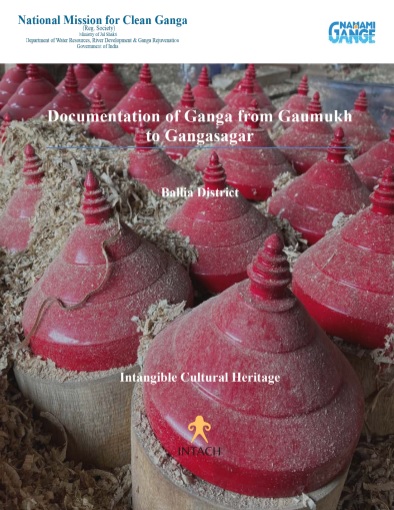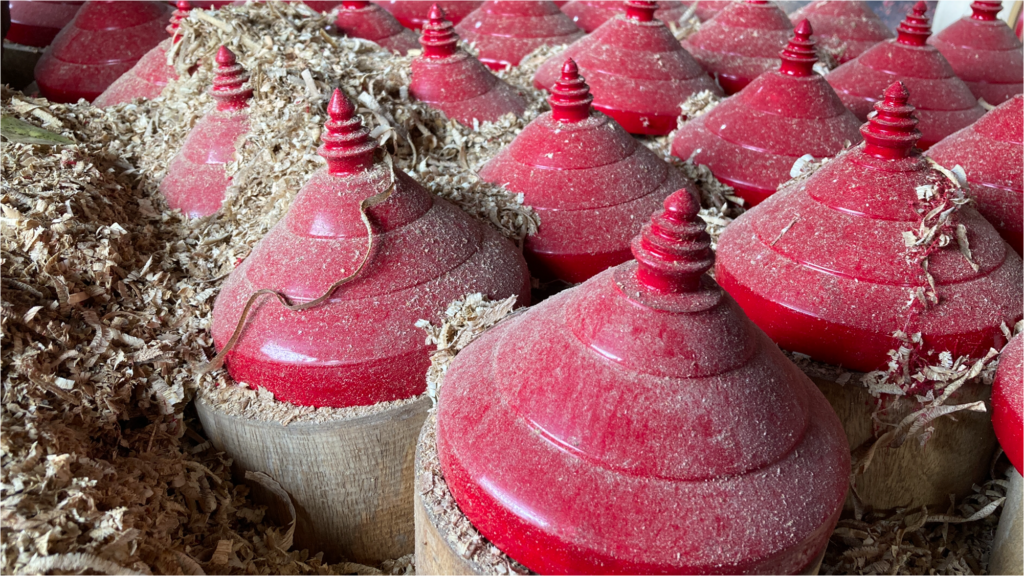Cultural Documentation of River Ganga from Gaumukh to Ganga Sagar – Ballia District
This Namami Gange project is being undertaken for the Jal Shakti Ministry, Government of India, under the National Mission for Clean Ganga (NMCG) scheme. INTACH is assisting the Ministry in the capacity of a knowledge partner. Three divisions of INTACH namely; Natural Heritage (NH), Architectural Heritage (AH) and Intangible Cultural Heritage (ICH) divisions have been engaged in the cultural mapping project, of three aspects natural, tangible and intangible assets along Ganga.
The objective of the project is to conduct field investigation and document existing cultural assets on either side of the river Ganga (within a radius of 5Kms, starting from its source, i.e. Gangotri, down to its point of dispersal at Ganga Sagar) and to produce for the ministry a detailed, illustrated report based on the primary and secondary resources available.
Ballia District

The Ballia report covers various aspects of the region, like its history and its contribution to India’s independence movement, with special reference to the 1857 Mutiny war, and the August Kranti of 1942. It looks at famous personalities from Ballia such as Mangal Pandey, Chittu Pandey, and Hazari Prasad Dwivedi. Also featured in the report are intangible cultural heritage elements and assets like folk traditions of Lorikayan and Lorikdih, cultural and sacred places, and foodways. The coverage of fairs and festivals reveals a major focus on the Mauni Amavasya Mela, and the Dadri Mela which are events held every year in an admirable show of communal harmony. The report also gives a brief introduction to the emergence of the Bhojpuri language in the region.
In addition, Lakhneshwar Dih, an archaeologically important site, and significant but dying crafts like Tikuli, Sinhora (sindoor box) and Doli (palanquin) also find mention in the report.





Check out more on the INTACH ICH Archive:
https://icharchive.intach.org/Detail/collections/81



 Projects
Projects









